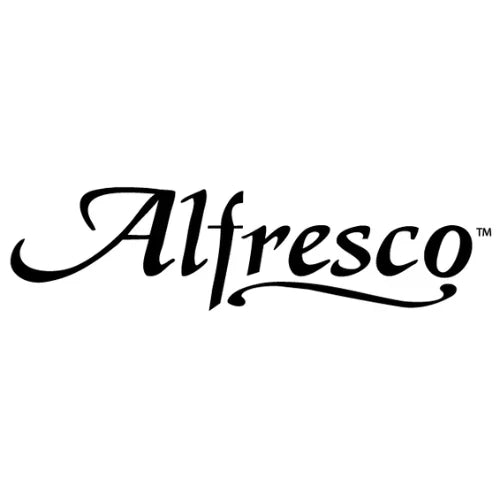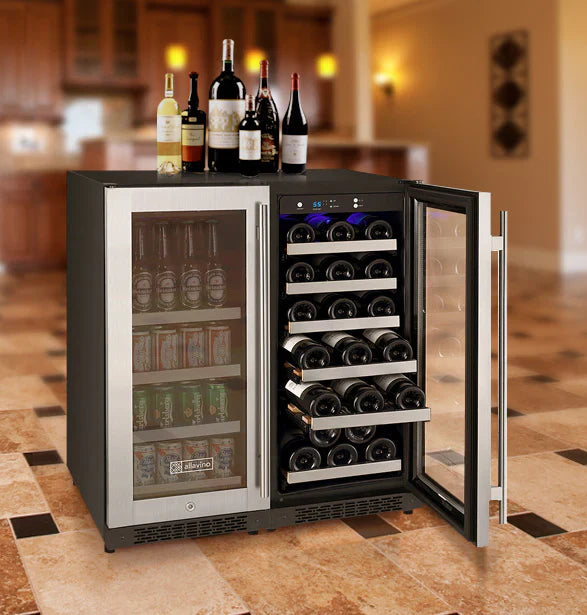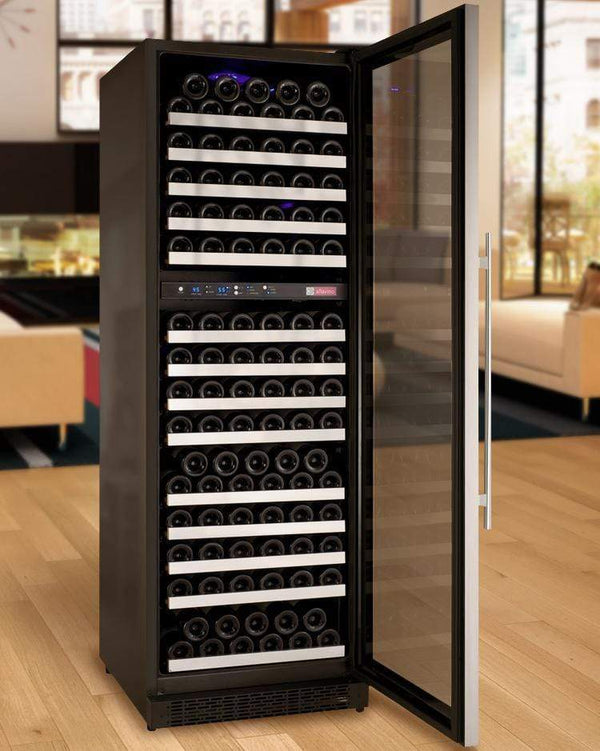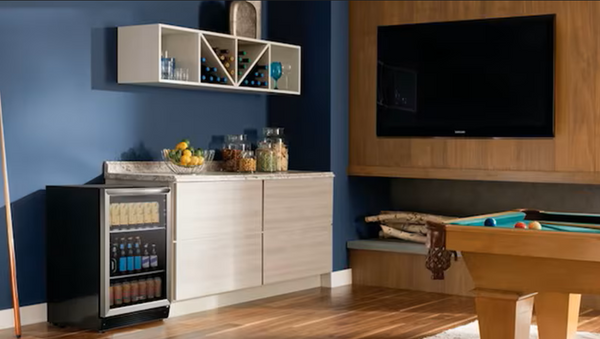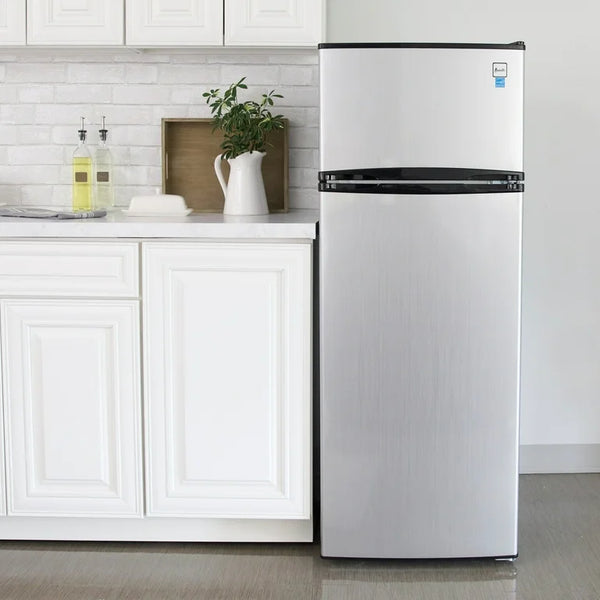Designing a Wine Cellar?
Let’s get it right.
Our specialists review your room layout, insulation, and heat load to recommend the correct cooling system for stable temperature and reliable climate control.
The Best Split System Wine Cellar Cooling Units: Complete Buyer’s Guide
By Jim Hopper, Wine Cooling Expert
Are you searching for the best split system wine cellar cooling units to protect your valuable wine collection? Split wine cellar cooling systems offer precise temperature and humidity control, ultra-quiet operation, and flexible installation—making them a top choice for both residential and commercial wine rooms. In this guide, we’ll cover everything you need to know about wine cellar split cooling systems, including reviews, installation tips, and how to choose the right model for your needs.
If you’re looking for a broader overview of all wine cellar cooling solutions, check out The Ultimate Guide to Wine Cellar Cooling Systems for a comprehensive comparison of different types and their benefits.
What Is a Split System Wine Cellar Cooling Unit?

A split system wine cellar cooling unit is a specialized refrigeration solution designed to maintain the ideal environment for wine storage. Unlike self-contained units, split systems separate the evaporator (inside the cellar) from the condenser (outside or in another room), connected by refrigerant lines. This design minimizes noise and vibration, making quiet split wine cooling systems perfect for spaces near living areas or offices.
If you're interested in how split systems compare to other cooling options, explore our guide to self-contained wine cooling systems and through-the-wall wine cellar cooling units.
Advantages of Split Wine Cooling Units

- Ultra-Quiet Operation: With the condenser placed remotely, split wine cellar cooling systems are among the quietest options available.
- Flexible Installation: Condenser placement for split systems can be up to 75 feet away, allowing for creative wine cellar layouts.
- Superior Climate Control: Maintain optimal temperature (50–65°F) and humidity (50–75% RH) for long-term wine aging.
- Scalable Solutions: From small wine cellar split systems to large capacity split cooling systems, there’s a model for every space.
- Discreet Aesthetics: Ducted split wine cooling units and wall- or ceiling-mounted evaporators preserve your cellar’s design.
Learn more about the advantages of ducted wine cellar cooling units and when to choose a ductless split wine cooling system for your cellar.
Split System vs. Self-Contained Wine Cooling
When comparing split systems vs self-contained wine cooling units, consider the following:
- Noise: Split systems are quieter due to remote condenser placement.
- Installation: Split systems require professional installation and refrigerant line connections.
- Capacity: Large-capacity split cooling systems can handle bigger or custom-designed wine rooms.
- Maintenance: Split systems may require more involved maintenance but offer superior performance for serious collectors.
Types of Split Wine Cellar Cooling Systems
- Ducted Split Wine Cooling Units: Evaporator is hidden in a remote location, with ductwork delivering cool air discreetly.
- Wall-Mounted and Ceiling-Mounted Units: Flexible installation options for various cellar designs.
- Air-Cooled vs. Water-Cooled Condensers: Choose based on your location’s ventilation and water availability.
- Remote Wine Cellar Cooling Unit: Allows the noisy components to be placed far from the wine room.
For detailed comparisons, see our overview of best ducted self-contained wine cellar cooling systems and ceiling-mounted wine cellar cooling units.
How to Choose the Best Split System Wine Cooling Unit
1. Calculate Your Cooling Needs
-
BTU Requirements for Split Wine Cooling Units: Use a heat load calculator or consult a professional to determine the correct cooling capacity for your cellar’s size, insulation, and location.
Unsure about sizing? Read our wine cellar cooling unit sizing guide.
-
Cooling Capacity for Split System Wine Cellars: Ensure your chosen unit matches the cubic footage and unique needs of your space.
Interested in mid-size options? Explore mid-size cellar wine cooling systems.
2. Consider Your Wine Room Design
-
Small Wine Cellar Split System: Compact units for intimate collections or under-stair installations.
If you have a smaller space, check out our recommendations for small cellar wine cooling units.
-
Large Capacity Split Cooling System: Powerful models for commercial cellars or expansive residential rooms.
For larger spaces, see our guide to the best wine cellar cooling for large spaces.
-
Wine Room Split Cooling Unit: Match the unit style (ducted, wall, ceiling) to your design preferences.
Considering a wine cabinet? Discover the best wine cabinet cooling systems.
3. Installation and Maintenance
- Wine Cooling Split System Installation: Always hire a licensed HVAC technician for safe and effective setup.
- Condenser Placement for Split Systems: Choose a well-ventilated, accessible location for the condenser.
- Maintenance Requirements: Regular filter cleaning and system checks ensure longevity.
For a step-by-step walkthrough, visit our wine cellar cooling unit installation guide.
To ensure your system operates at its best, learn about ideal wine cellar temperature and wine cellar humidity.
If you need help designing your wine cellar or selecting the ideal cooling system, our professional team is here to provide free design consultations and ongoing support.
Professional Wine Cellar Design & Support Services

Designing the perfect wine cellar can be complex, but you don’t have to do it alone. We offer complimentary wine cellar design consultations and expert technical support to help you every step of the way. Whether you’re planning a custom wine room, need help with sizing and layout, or have technical questions about installation, our experienced team is ready to assist.
What We Offer:
- Free Design Consultation: Get personalized recommendations tailored to your space, style, and budget.
- Technical Assistance: Access expert guidance on product selection, installation requirements, and troubleshooting.
- Ongoing Customer Support: We’re here to answer questions before, during, and after your purchase, ensuring your wine cellar performs at its best.
Ready to get started? Contact our wine cellar experts today for a complimentary consultation or technical support.
Split Wine Cellar Cooling System Reviews: What to Look For
When searching for split wine cellar cooling system reviews, focus on:
- Reliability and Performance: Look for top-rated split wine cooling systems with consistent temperature and humidity control.
- Noise Levels: Quiet split wine cooling systems are ideal for cellars near living spaces.
- Energy Efficiency: Premium split wine cooling systems for sale often feature energy-saving technology.
- Affordability: There are affordable split wine cooling units for smaller budgets, as well as high-end models for luxury cellars.
Conclusion

Split system wine cellar cooling units are the gold standard for serious wine collectors seeking quiet, reliable, and customizable climate control. Whether you need a small, affordable split wine cooling unit or a premium, large capacity system, there’s a solution to fit your needs. Prioritize proper sizing, professional installation, and regular maintenance to protect your investment for years to come.
Ready to Upgrade?
Explore top rated split wine cooling systems for sale today and consult with a wine cellar expert to find the best split system wine cooling unit for your collection.
📚 Frequently Asked Questions (FAQs)
How do I know which split system is right for my wine cellar?
Are split systems suitable for both small and large wine cellars?
What’s involved in wine cooling split system installation?
Can I get help designing my wine cellar or choosing a cooling system?
Can I buy a split system wine cellar cooling unit online?

Designing or Upgrading a Wine Cellar?
We got you! Here at Wine Coolers Empire, we will guide you in building your dream wine cellar.



